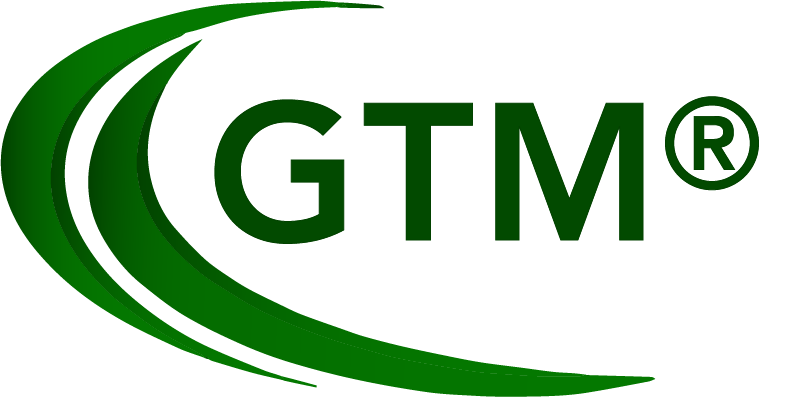
The Greenmont Transportation Model (GTM®) models all rail and barge transportation routes for coal and sorbents with the capability to model additional commodities in the United States with specialized algorithms for transportation beyond the United States, including Canada. This allows a fine level of prediction of the routes and economics of transportation of any commodity including coal and sorbents for any scenario. GTM® allows for the dynamic costing of the transportation network and is also used to model coal supply disruptions as a result of physical and economic events. It is the unique combination of GEM® and GTM® that allows us to tackle large scale coal transportation and disruption analyses as well as coal traffic flow across various river systems with lock and dam closure implications.
The GEM®+GTM® modeling suite is an optimization based forecasting platform that allows users to generate base cases and scenario simulations (such as increased exports, environmental regulations and increased gas production) across various time horizons. The model calculates the unique combination of a large number of parameters that achieves the lowest cost of electricity generation in the United States for a given amount of electricity demand.
It uses both linear programming and mixed integer programming optimization techniques and thus can be characterized as an LP/MIP optimization model. GEM® simultaneously solves 84 time blocks for a single year (six seasons times 14 time zone combinations for time-of-day load distribution). Since all of this is done simultaneously, it means that in one single module of computation, optimal co-dependent values are determined for all of the varying parameters including, among others:
- Amount and type of fuel choice by unit;
- Level of each unit’s dispatch;
- Environmental clean-up decisions between new equipment, fuel switching, and allowance purchasing;
- Location, amount, and type of new generation capacity;
- Retirement of existing units;
- Amount of economically justified mining capacity expansion for each cost level for each type of coal;
- FOB coal mine prices;
- Natural gas prices and volume
- Wholesale electricity prices; and
- Pollutant allowance prices.

